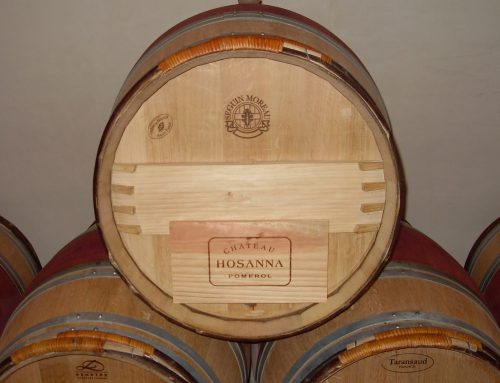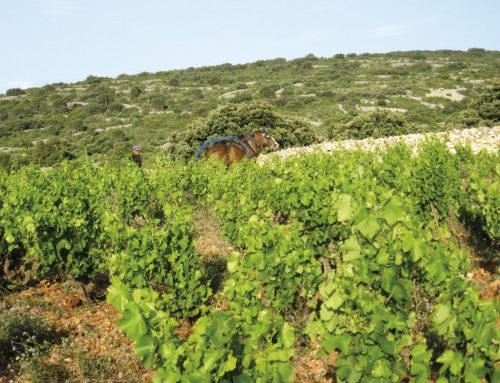Piper-Heidsieck and Charles Heidsieck rose’ champagnes capture the many shades of roses and evoke equal sighs of pleasure.
Piper-Heidsieck was founded in 1785, and Charles Heidsieck in 1851. They remained independent Champagne companies until Remy Cointreau purchased the former in 1988 and the latter in 1985. Yet even under a corporate umbrella, they retained distinctly different styles.
Charles Heidsieck’s full body, rich flavors (from blending current wine with reserve vintages), and integrated acidity resulted in a complexity of texture and taste and age-ability that I always found compelling. Piper-Heidsieck was less aromatic and flavorful and displayed aggressive acidity on a medium body. It was simply not my Champagne style.
In June 2011, the Descours family from France purchased both champagne houses, adding them to its portfolio of luxury goods businesses. I feared that Charles Heidsieck, the smaller of the two houses, would see its quantity expanded and its quality diminished–but I hoped Piper-Heidsieck would receive the opposite treatment.
Two weeks ago, I brought those concerns to a lunch table that supported vases of roses and glasses of rose’ champagnes from Charles Heidsieck and Piper-Heidsieck.
We began with the nonvintage Piper-Heidsieck brut rose sauvage. Champagne connoisseurs know that the word sauvage was used to designate an ultra-brut style that was so dry that few could drink any wine with that designation. That is not the case with Piper-Heidsieck’s use of the word. This rose’ champagne is filled with juicy red fruit flavor and a cardinal red hue from the 15 percent still red wine that is added to the sparkling blend.
In place of Piper-Heidsieck’s traditional tartness, a surprising absence of acidity marked this rose’ champagne. “This wine is about a trip into a basket of fruit,” says Cecile Bonnefond, the CEO overseeing the two brands. Indeed it is. Its load of strawberry and cherry fruitiness seems designed for sipping without reflection, while the intense red color recalled Michelle Obama’s inaugural gown.
The nonvintage Charles Heidsieck rose’ reserve maintained the contrast between these two houses. A poached salmon tint met the eye and a striking bread aroma greeted the nose. The initial palate impression of rich pear and apple flavors was gradually replaced by savory strawberry and citrus sensations. The gentle bubbles and balanced acidity gave the nonvintage Charles Heidsieck rose’reserve the long, lingering finish that always makes me hedonistically contemplative about delicious champagnes.
Our last glass offered the newly released 1999 Charles Heidsieck rose’. Its pinkish color was as sheer as onion skin, and its freshly baked bread aroma shared kinship with the nonvintage Charles Heidsieck rose’reserve. A minimum aging of 7 years in the cellar added a hint of toast and nutty aromas and flavors to its full body and sensual red fruit tastes. Campagnes like the 1999 Charles Heidsieck rose’ can make you a Champagne collector and avid fan of this first-rate house.
And yes, there were sighs of pleasure floating among the roses and rose’ champagnes.
The rose’ retail prices are about: $60 nonvintage Piper-Heidsieck; $80 nonvintage Charles-Heidsieck; and $110 for the 1999 Charles-Heidsieck.








Leave A Comment